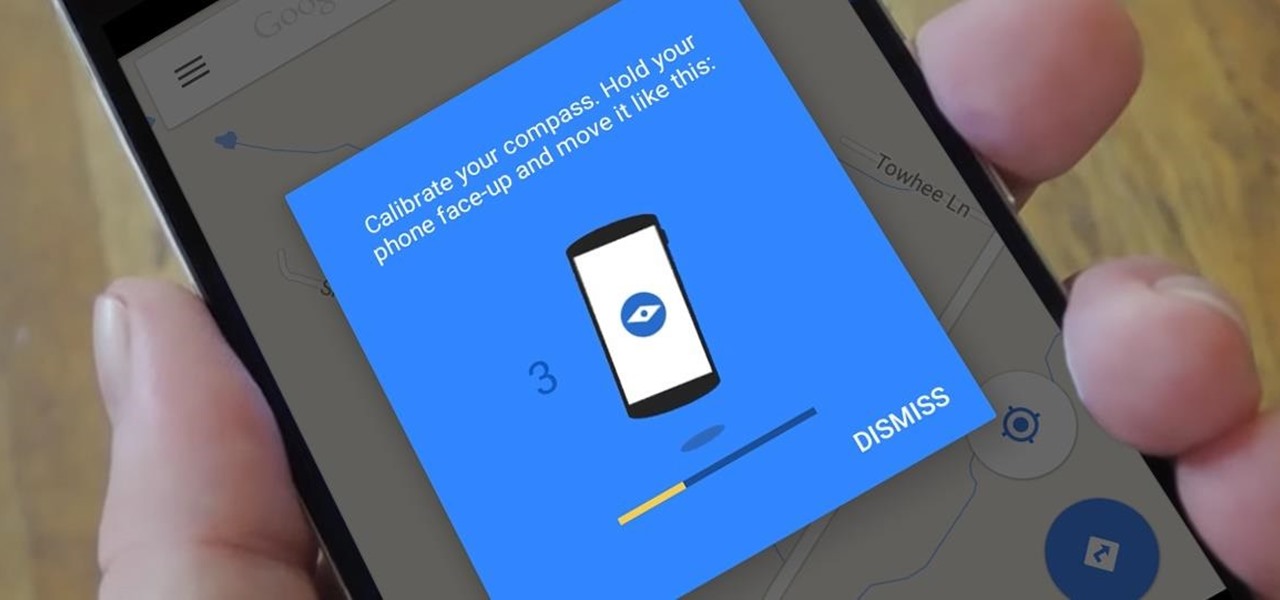It’s not difficult to calibrate your GPS Android device; in fact, it can be done in just a few easy steps. All you need is a clear view of the sky and some patience. The process can take anywhere from a few minutes to an hour or more, depending on how accurate you want your readings to be. Let’s get started!
What is GPS calibration and why do you need to do it?
GPS calibration is the process of making sure your device’s GPS readings are accurate. This is important if you want to use your device for navigation, as even a small error can lead you astray. There are a few different ways to calibrate your GPS, but the most common is by using ground control points (GCPs).
How to calibrate your GPS Android device
Calibrating your GPS Android device is relatively simple and only requires a clear view of the sky. The process can take anywhere from a few minutes to an hour or more, depending on how accurate you want your readings to be. Here’s how to do it:
1. Find a location with a clear view of the sky. The more open and unobstructed your view, the better.
2. Select a target object in the distance that you can easily identify, such as a building or a mountain.
3. Use your GPS device to take a reading of the target object’s location. Make sure to write down the coordinates so you can reference them later.
4. Move to a different location and take another reading of the target object’s location. Repeat this step until you have at least three sets of coordinates for the same object.
5. Compare the coordinates you collected to the known coordinates of the target object. If they match within a reasonable margin of error, then your GPS device is calibrated and ready to use!
The benefits of calibrated GPS readings
There are a few benefits to having accurate GPS readings, such as:
– You’ll be able to navigate more accurately, which can be important if you’re trying to reach a specific destination.
– If you’re using your device for activities like hiking or geocaching, accurate GPS readings can help you stay on track and avoid getting lost.
– Calibrated GPS readings can also be helpful in emergency situations, as they can allow rescue workers to more easily find your location.
FAQs about calibrating your GPS Android device
Q: Do I need to calibrate my GPS every time I use it?
A: Generally speaking, no. Once you’ve calibrated your device, it should retain its accuracy for some time. However, if you notice that your readings are starting to become less accurate, it’s a good idea to recalibrate.
Q: Will calibrating my GPS drain my battery?
A: The calibration process itself shouldn’t have a significant impact on your battery life. However, if you’re doing it in an area with poor cell reception, your device may use more power trying to connect to GPS satellites.
Q: I can’t see the sky/I’m in a built-up area. Can I still calibrate my GPS?
A: Yes, but it may take longer and be less accurate than if you were in a more open area. If possible, try to find a spot where you have a clear view of the sky. If you can’t, try moving to a higher spot or waiting for a clear day.
Conclusion
Calibrating your GPS Android device is a quick and easy process that can help you ensure accurate readings. By following the steps outlined in this article, you should be able to get your device calibrated in just a few minutes. There are a few benefits of having calibrated GPS readings, such as improved navigation accuracy and the ability to stay on track while hiking or geocaching. If you have any questions about calibrating your device, feel free to leave a comment below.
